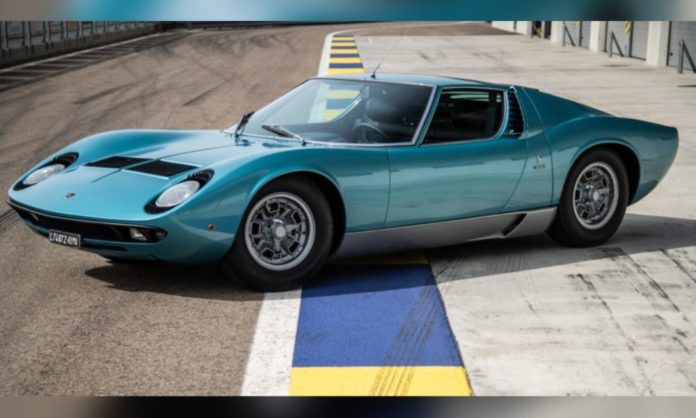Cars are an essential feature of Pakistani life, from the busy streets of Karachi to the picturesque pathways of Northern Areas. Beyond the daily commute, however, automobiles are a fascinating historical and innovative fabric. We’ll look at some of the most unbelievable facts about the biggest automakers in the world that have molded the business into what it is now in this article.
1. Lamborghini’s Agricultural Roots
The transition of Lamborghini from farmland to the fast lane is every bit as spectacular as the vehicles it makes. The narrative starts with Ferruccio Lamborghini, a guy whose name would go on to become associated with high-end sports vehicles while having a strong agricultural background.
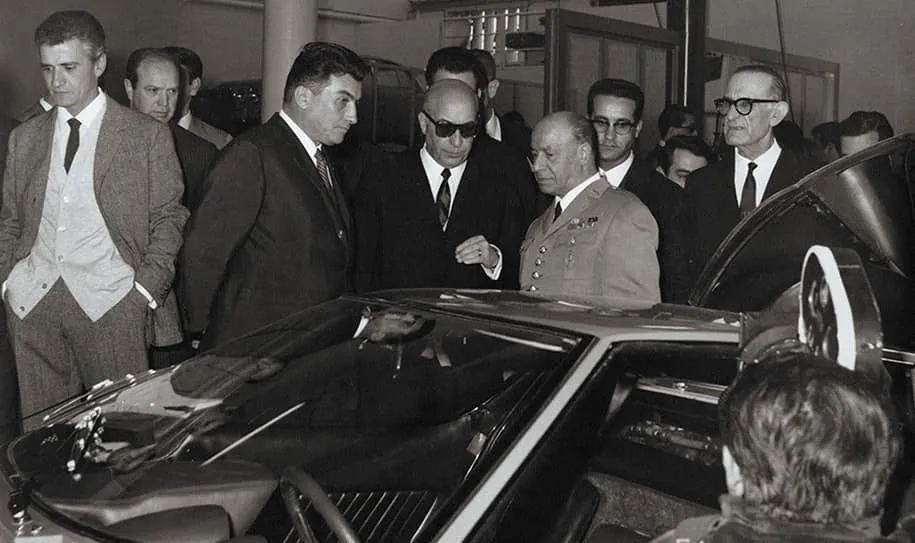
Ferruccio started a business in 1948 that would transform farming equipment in post-war Italy—the Lamborghini Trattori. He did this by employing materials left over from the war. His tractors soon established themselves as industry standard due to their exceptional quality and inventiveness.
But Ferruccio‘s attention switched from tractors to designing some of the most legendary supercars ever constructed because of a personal challenge. Following a disagreement with Enzo Ferrari about the caliber of Ferrari vehicles, Ferruccio was motivated to surpass his competitor. This goal resulted in the founding of Automobili Lamborghini in 1963, which completely altered the market for high-performance cars.
2. Rolls-Royce’s Timeless Engineering
Dating back to its founding in 1906, Rolls-Royce has always embodied fine craftsmanship and unmatched attention to detail. This commitment to excellence ensures that an astounding 75% of Rolls-Royce automobiles ever made are still on the roads today.
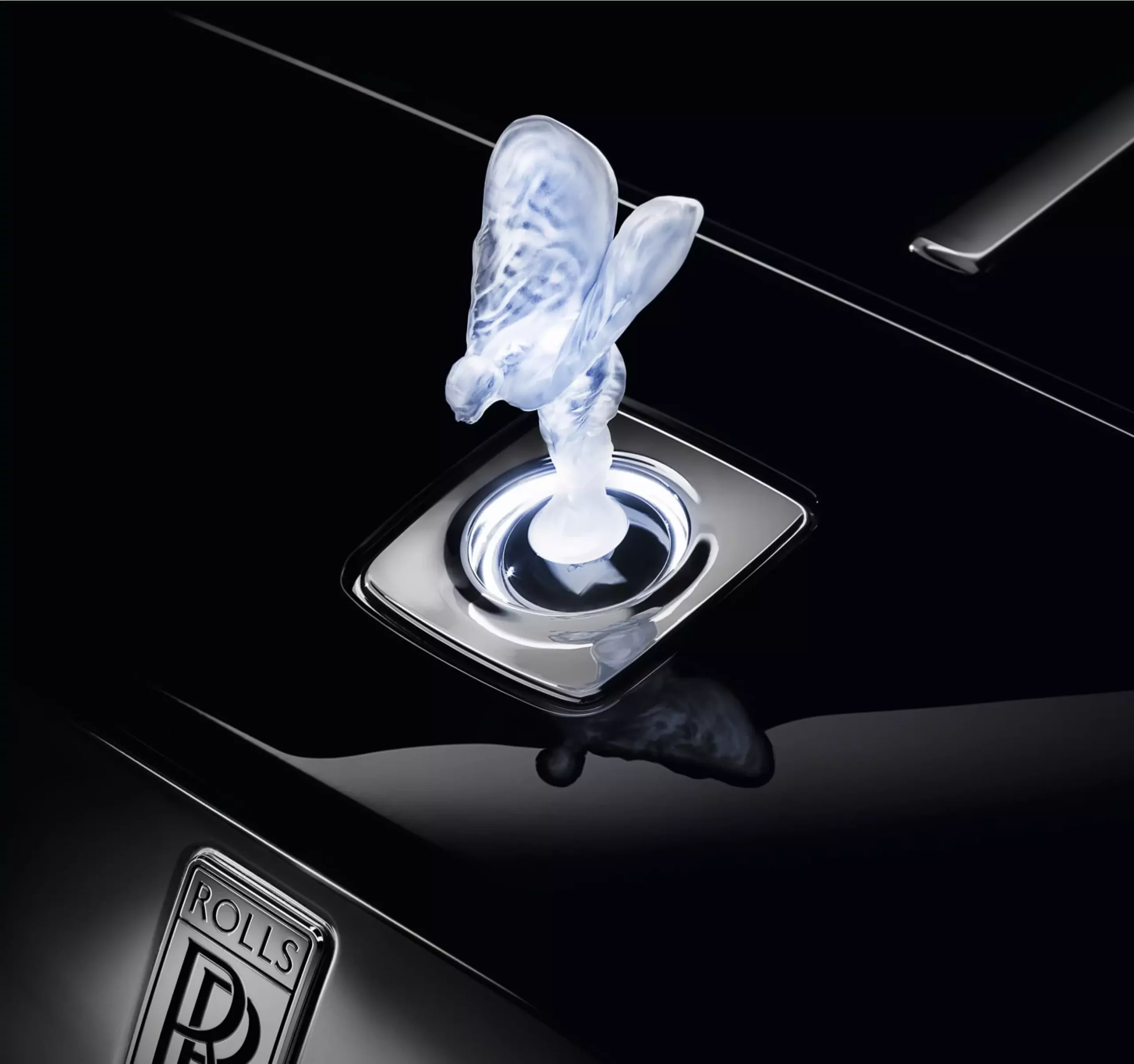
Every vehicle is a work of art, painstakingly put together to ensure lifetime that surpasses that of any other in the business. The brand’s dedication to building classic cars goes beyond mere prestige; it also involves building vehicles that survive the test of time and exemplify their slogan;
“Strive for perfection in everything you do.”
Rolls-Royce automobiles are moving monuments to the craft of automotive engineering, from the iconic Spirit of Ecstasy that graces each bonnet to the hand-stitched leather interiors.
3. Volkswagen’s Windy Namesake
The legendary German carmaker Volkswagen has a lighthearted custom of naming some of its most recognizable cars after different winds and currents, which gives the brand a touch of lyrical appeal.
- The Gulf Stream, a strong, warm, and rapid Atlantic Ocean stream, is called after a German word for which the Golf is named.
- The German word passatwinde, which refers to the trade winds that helped early explorers’ ships navigate the oceans, is where the Passat got its name.
- The jet stream, or those high-altitude air currents that meteorologists regularly monitor for weather forecasting, is echoed by the Jetta.
- The sirocco, a Mediterranean wind that originates in the Sahara and may reach hurricane speeds, is the source of the name even for the Scirocco.
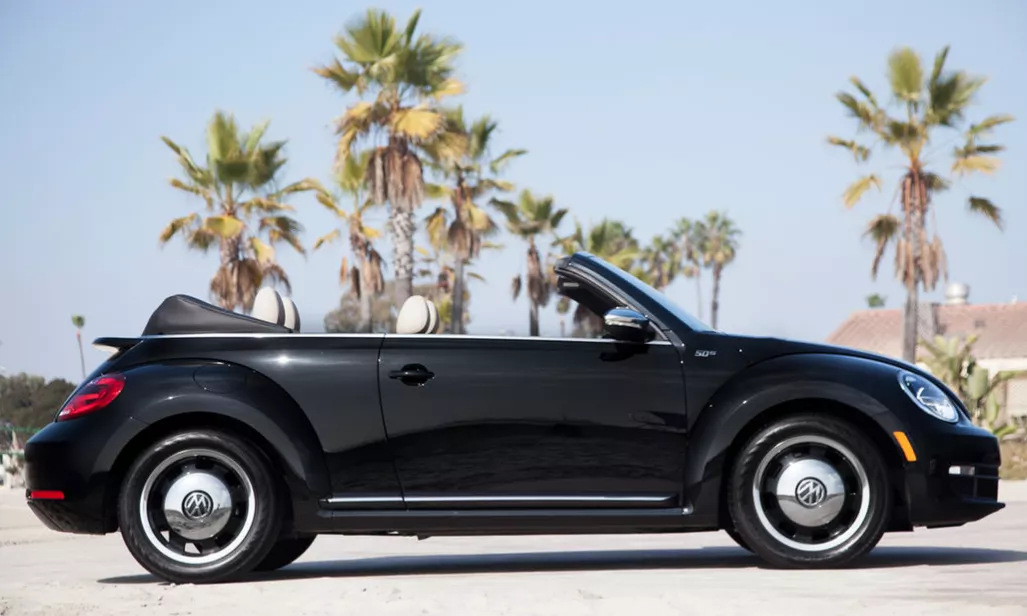
In addition to reflecting Volkswagen‘s worldwide presence, this nomenclature stands for the strength, speed, and independence that automobiles embody. Like the vehicles themselves, it’s a lyrical homage to the natural forces that spur human ingenuity and discovery.
4. Hyundai’s Ulsan Plant
Hyundai’s Ulsan facility, a vast industrial complex, stands as a miracle of the automotive industry and is recognized as the world’s largest single vehicle facility. Situated in South Korea, this enormous plant employs over 34,000 people and spans over 5 million square meters.
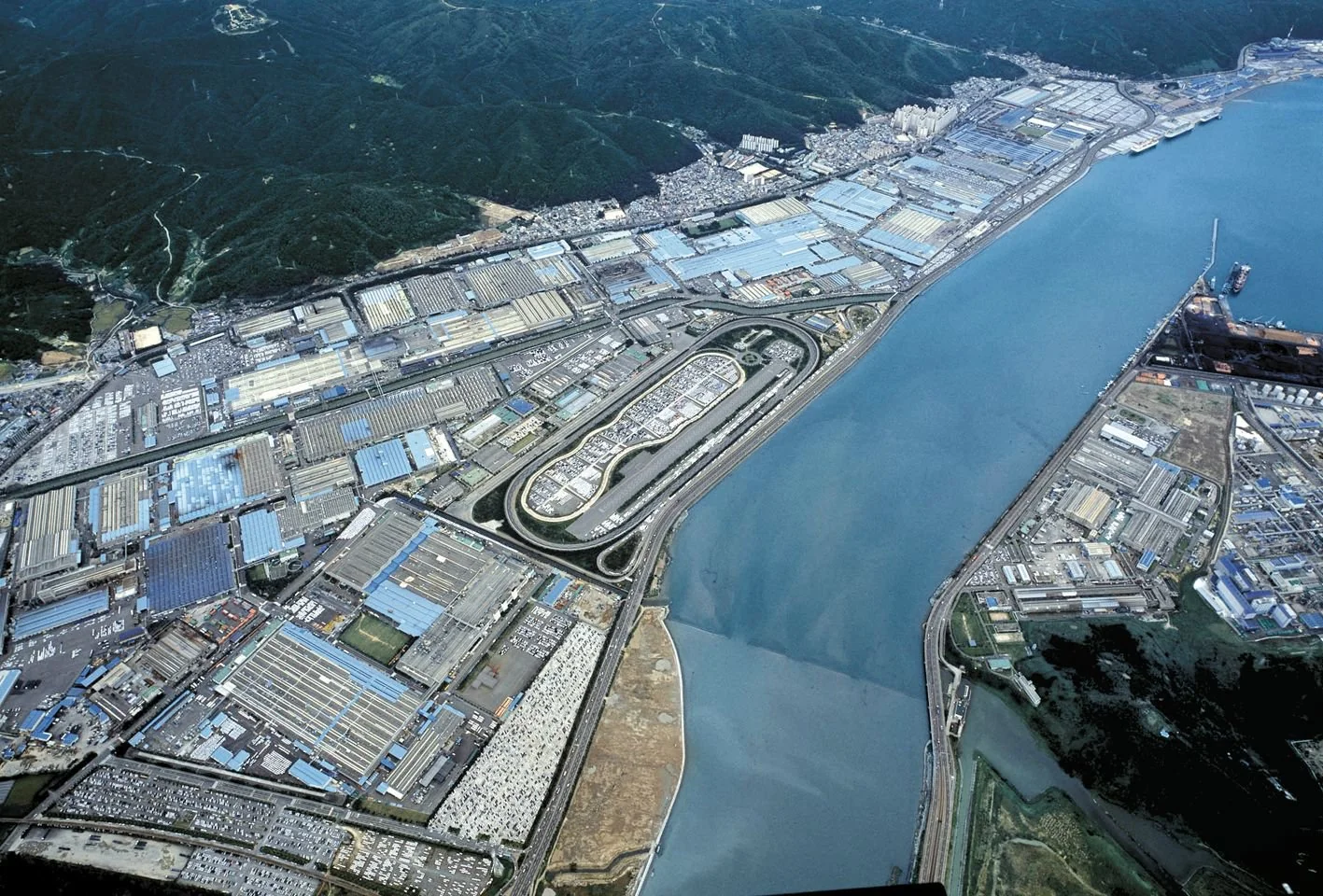
With its own fire department, hospital, and security cars—all devoted to the one and only goal of producing automobiles—it is a city inside a city. With five separate manufacturing facilities, the facility can create 5,600 cars a day on average. This enormous production highlights Hyundai’s manufacturing ability and its important role in establishing South Korea as a worldwide automotive powerhouse.
5. Volvo’s Life Saving Invention!
Thanks to engineer Nils Bohlin’s 1959 creation of the three-point seat-belt, Volvo has made a significant contribution to automobile safety. This ground-breaking invention revolutionized global automotive safety regulations. The Two-point lap belts provided little protection in automobiles prior to their introduction. However, Bohlin’s design safeguarded the lower as well as the upper body, dispersing the impact force over the pelvis and chest, which are stronger.
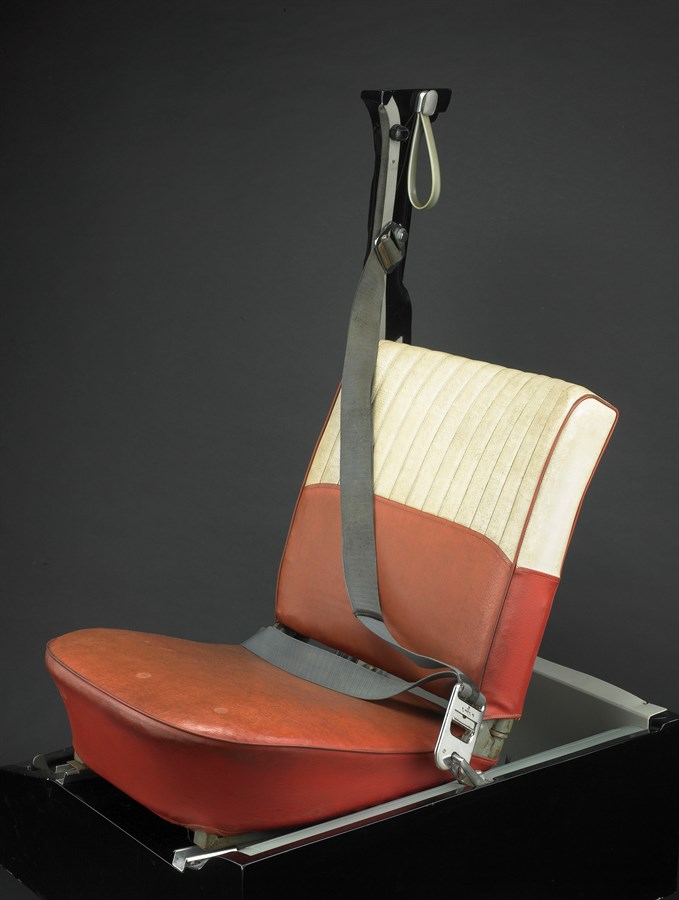
Seeing that the three-point seat-belt may save many lives, Volvo decided not to close the patent, enabling other automakers to install the seat-belt in their own cars without having to pay royalties. This selfless action, which was unheard of in the commercial world, has saved over a million lives. It is evidence of Volvo‘s unwavering dedication to road safety for all users of the vehicle, not just its own clients.
Stay tuned for more Automotive Facts like these; this is your soon-to-be favorite friendly neighborhood gearhead, Zayaan, Signing Off!








































